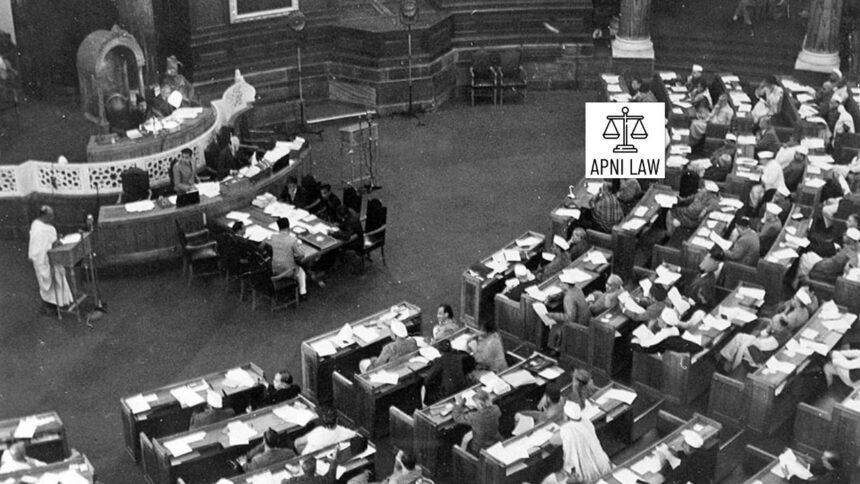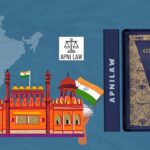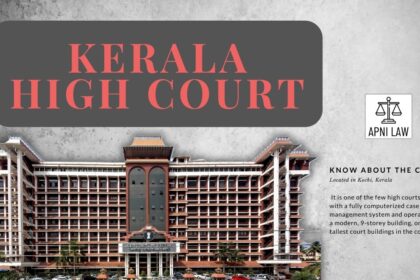Introduction
Have you ever wondered how the Indian Constitution, the world’s longest one came into existence? It wasn’t created overnight, nor was it left to the British. It was toiled over by a group of far-sighted leaders who came together to shape the Constituent Assembly of India. This assembly was not just a legislative one; it was a hope project that assumed form for independent India’s democratic future. Learning about its make-up, how its members were chosen, and who were the key figures makes us accessible to learning about the making of modern India.
How Did the Concept of a Constituent Assembly Originate?
The concept of a Constituent Assembly did not spring from nowhere. It was initially formulated by M.N. Roy in 1934, long before Indian independence. It was a simple but powerful idea, allowing Indians to draft their own Constitution. It gained more strength when the Indian National Congress officially demanded it in 1935. The British eventually accepted this demand in the August Offer of 1940 and later the Cabinet Mission Plan of 1946 outlined the structure of the Assembly.
A milestone was reached on 9 December 1946 when the Constituent Assembly met for the first time. It was not just a gathering, it was the start of a quest to build a free and democratic India.
Composition of the Constituent Assembly
The Constituent Assembly comprised the variety of India. According to the Cabinet Mission Plan, it had 389 members initially. Out of them, 296 belonged to the provinces and 93 to the princely states. The count reduced to 299 when Pakistan also formed its assembly following Partition in 1947.
The seats were allocated on a population-and-community basis. Seats were allocated to each province, which was distributed among Hindus, Muslims, Sikhs, and others. This system provided each section of society with a voice in deciding the Constitution.
How Were Members Elected?
Unlike the direct elections of the present day, members of the Constituent Assembly were indirectly elected by the Provincial Legislative Assemblies, which were themselves elected under the Government of India Act, 1935. The election employed proportional representation through the single transferable vote system.
Of the 296 provincial seats, 292 were elected and 4 were held in reserve for Chief Commissioner’s provinces like Delhi and Ajmer. For the 93 princely state seats, members joined in ascending order as the states acceded to India.
The Faces Behind the Constitution
The Constituent Assembly had some of the most brilliant brains of India’s freedom movement. It was presided over by Dr. Rajendra Prasad, who was elected as the President of the Assembly. He had H.C. Mukherjee and V.T. Krishnamachari as Vice Presidents.
The most important person in the drafting process was Dr. B.R. Ambedkar, the Chairman of the Drafting Committee. His familiarity with law and foresight gave the Constitution its strong foundation. Jawaharlal Nehru, who introduced the famous Objectives Resolution, Sardar Vallabhbhai Patel, Maulana Abul Kalam Azad, K.M. Munshi, and Alladi Krishnaswami Ayyar were some of the other key leaders.
These leaders worked hard to have the Constitution reflect India’s heterogeneity and safeguard liberty, equality, and justice.
The Assembly’s Journey
The Constituent Assembly did not sit some times and sign something. It worked for 2 years, 11 months, and 18 days, and held 11 sessions in 165 sittings. Each article was debated, each clause debated. This exercise in democracy cost ₹64 lakh, a gargantuan amount at that time. But worth the expense—the result was a Constitution that survives even after more than 70 years.
On 26 November 1949, the Assembly adopted the Constitution, and on 26 January 1950, India was declared to be a sovereign democratic republic.
Challenges They Faced
The Assembly’s work was not smooth sailing. India was going through the trauma of Partition, communal strife, and the issue of integrating princely states. But unmindful of these obstacles, the Assembly worked with unexampled cohesion and foresight. They knew what to do to grant India a Constitution that balanced freedom and order, diversity and unity.
Why Was the Constituent Assembly Important?
The Assembly gave India something more than a Constitution, it gave the nation its democratic conscience. The document was not written by a colonial power; it was written by Indians for Indians. This gave the Constitution legitimacy and moral right. It enshrined fundamental rights, provided for democratic government, and laid the foundations for social justice.
FAQs
When was the Constituent Assembly formed?
It was set up in 1946 according to the Cabinet Mission Plan.
Who was the Constituent Assembly President?
Dr. Rajendra Prasad was its President.
How many members were there in the Assembly after Partition?
The number dwindled to 299 members.
Who was the Drafting Committee Chairman?
Dr. B.R. Ambedkar was the Chairman.
When did the Constitution come into force?
On January 26, 1950.
For any specific query call at +91 – 8569843472
Conclusion
The Indian Constituent Assembly was not simply a lawmaking institution—it was the heartbeat of Indian freedom. Through days of relentless debate and discussion, it wrote a Constitution that has guided the nation for generations. By studying the formation, elections, and members of the Assembly, we understand the genesis of Indian democracy and the vision that shapes the nation to this day.








